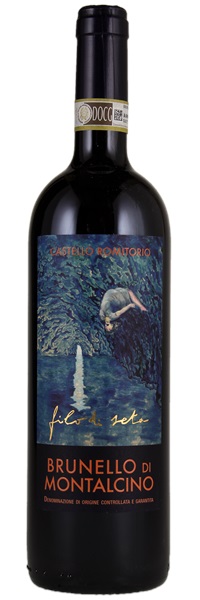Estimate

The purity of fruit and saline undertones with hints of gravel and stones are both impressive on the nose. This turns to violets and roses. It's full body with ultra-fine tannins and a cool, sleek texture and style.
An oak-driven expression with elaborate tones of cinnamon, vanilla and roasted coffee bean that wrap thickly around fruity tones of blackberry and blackcurrant..soft and yielding with a rich embroidery of soft tannins .
Quite a bit darker and richer through the mid-palate than the straight Brunello. Dark red cherry, spice, plum and leather notes are all quite vibrant in the glass. Racy and voluptuous, yet with plenty of underlying structure
This is marked by new oak, with vanilla, toast and smoke flavors accenting the core of plum. The terroir is obscured for now, despite the lingering fruit, acidity and well-integrated tannins.